Events
PRESERVATION REFORESTATION
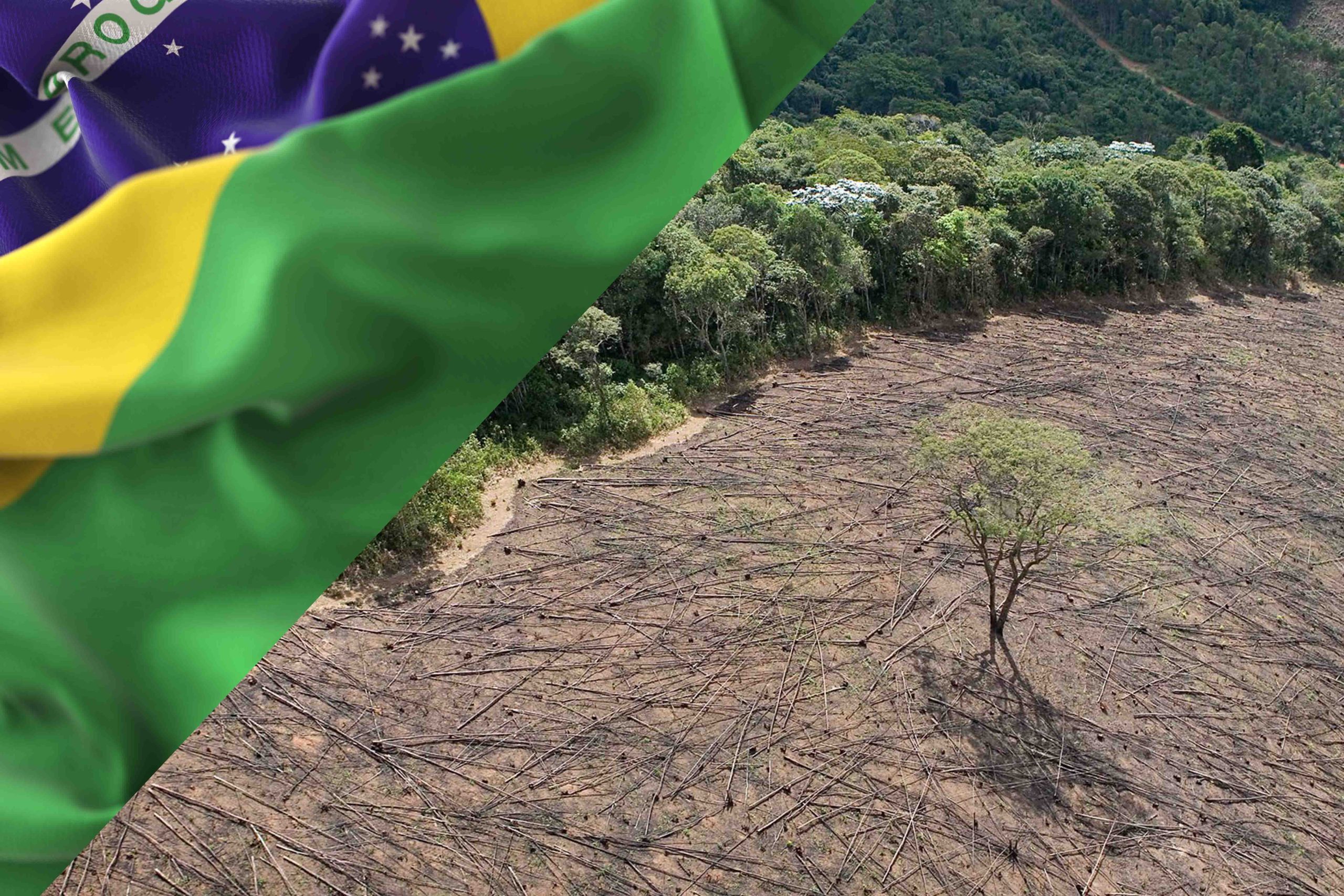
PRESERVATION AND REFORESTATION
The planet has an urgent need for environmental preservation, with the massive fires and deforestation in the Amazon and tropical forests, with each passing day the planet suffers its effects on the atmosphere and the environment. Due to the aggressive need for pastures and cultivable areas for food production, with each passing day the forests decrease in size and with them the biodiversity, causing the extinction of several animals and plant species.
The effects of this deforestation can be reduced with actions ranging from sustainable development to the use of new technologies for better use of spaces, as well as raising people's awareness of environmental preservation such as replanting seedlings of plant and tree species. native to forests.
The action of this work consists of planting seedlings in greenhouses, sending them to certain areas devastated by fires and illegal deforestation, providing accelerated reforestation, as well as the replanting of riparian forests, which prevent the silting up of rivers and around tributary sources. , providing greater volume of water for the rivers
Purchase of land - trucks for logistics - construction of greenhouses and sheds and specific labor - material and seeds - tractor, etc.
Forest Reforestation and
Reforestation Projects
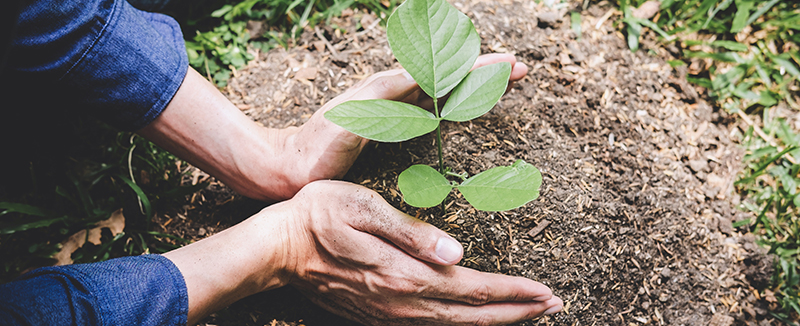
We are planting trees and empowering the poor around the world with reforestation practice.
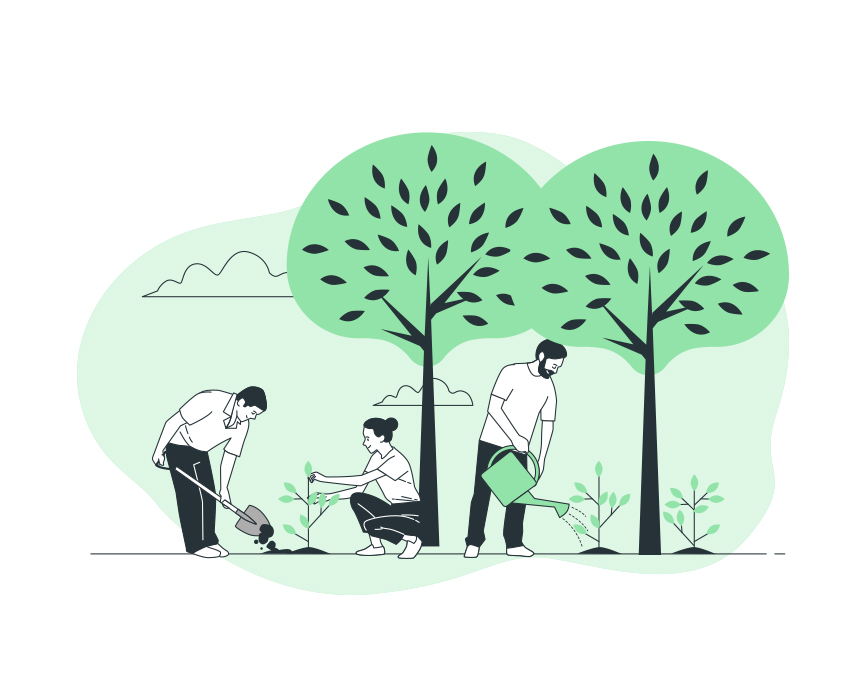
also,
Brazil has committed to restore 22 million hectares (54 million acres) of forests by 2030, and the 20×20 Initiative, which brings together Latin American and Caribbean countries with the target of also restoring 22 million hectares.
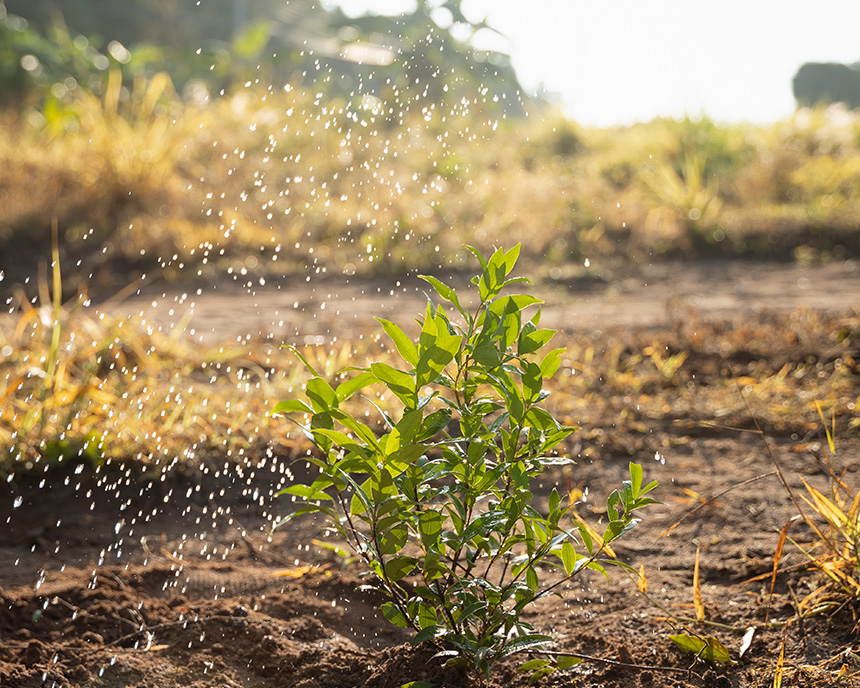
At present, restoration activities in Brazil cover 79,130 hectares (195,534 acres), of which more than 90%, or about 76,000 hectares (187,800 acres), are located in the Atlantic Forest. These comprise 651 project areas in municipalities with at least 80% of their territory located in the Atlantic Forest, which means the total may contain small parts of forests recovered in other biomes.
In its 2015 commitment to the Paris Agreement, Brazil became the first country to pledge the restoration of 12 million hectares (30 million acres) of natural areas by 2030 “for multiple uses,” among the other targets of its nationally determined contribution (NDC). The commitment extends to all Brazilian biomes.
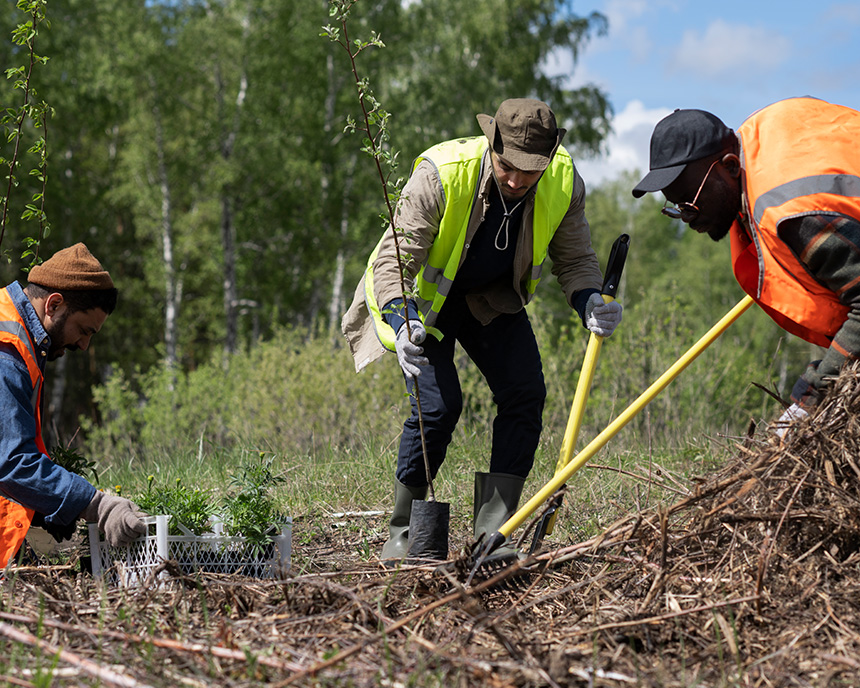
The Restoration and Reforestation Observatory is an initiative of the Brazilian Coalition on Forests, Climate and Agriculture, a movement with more than 300 members from the private sector, the financial sector, academic institutions, and civil society.
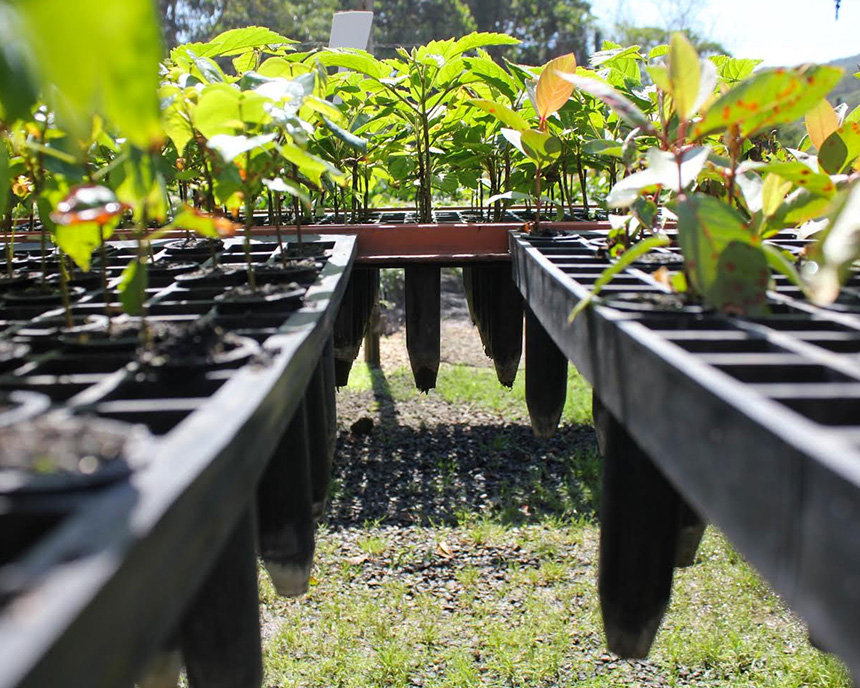
Since this program began, the funding has gone toward protecting native vegetation. This includes 33% of the budget being used to fence off areas for natural regeneration, and 24.5% to planting native species. Another 33% has gone to agro-forestry systems, while 6.2% was allocated to silvopasture systems, and 3.3% to forest management areas.
Restoration also includes bringing the wildlife back.
Restoration takes more than just replanting the forest, which is why the concept goes beyond simple reforestation. When done successfully, restoration means reestablishing an ecosystem, with all its intricate network of fauna and flora and their relationships.
As the human population continues to grow and impact the environment, we must find ways to protect our precious natural resources. We can start by supporting initiatives that are dedicated to preserving the environment, such as donations to preservation and reforestation projects. By giving to these projects, we can help to ensure that forests, rivers, and wildlife continue to thrive. Whether you donate a one-time gift or choose to set up a recurring donation, you'll be doing your part to ensure a greener and more sustainable future for us all.
